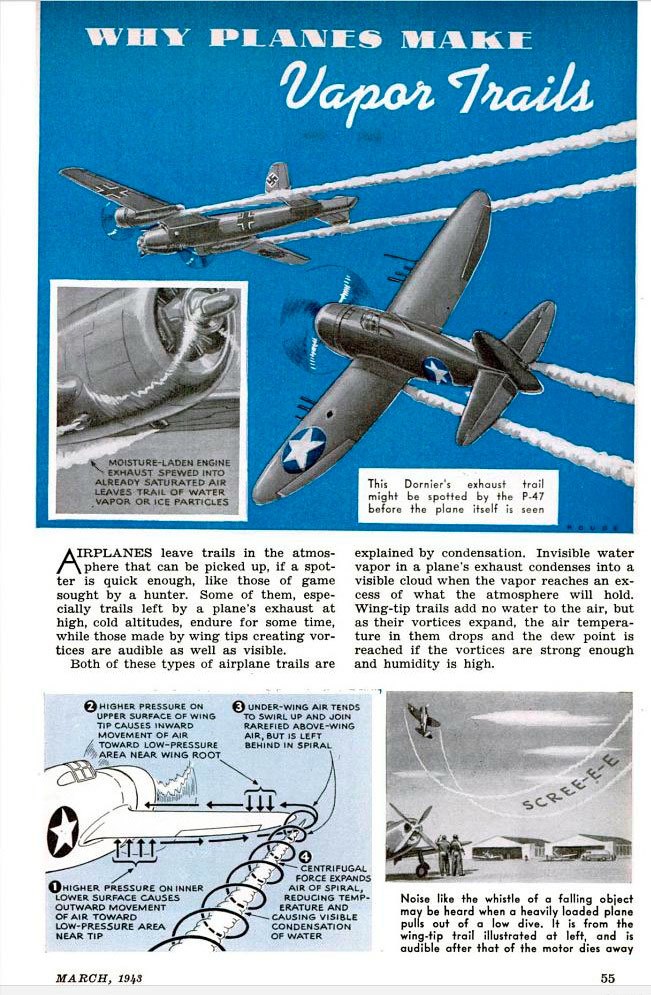By Lorie Moffat
Your son or daughter has questions about the different kinds of potential energy, or energy that is stored. It can be quite confusing since some examples are not stationary on a molecular level. Some types are actually potential and kinetic (energy of motion) simultaneously, like heat or chemical. You can explain the differences between the six kinds of potential energy to your child using common examples.
Potential energy, or the energy of position, is stored energy. That is, it has the capacity to do work or to move something in a scientific sense. There are many types of potential energy including gravitational potential, electrical, chemical, thermal, magnetic, and elastic.
- Six Kinds of Potential Energy #1 – When an object such as a ball is on the slope of a hill, it has gravitational potential energy based upon its height from the bottom of the hill, its mass, and the gravitational constant, g, which on Earth is 9.8m/s2. The gravitational constant is a form of acceleration. The higher an object is above the Earth’s surface, the more it will accelerate as it falls until it reaches terminal velocity (or the fastest speed at which it will fall). If a ball with the mass of 10 kilograms is 100 meters above the Earth’s surface, its gravitational potential energy will be the product of mass, gravitational constant, and height; or (10 kg) (9.8 m/s2) (100m), which is 9800 kgm2/s2 or 9800 Newton-meters or 9800 Joules. A Joule, which rhymes with rule, is the metric unit for energy. A ball’s potential energy changes to kinetic as it rolls or falls downhill.
- Six Kinds of Potential Energy #2 – Electrical energy is stored in a battery in the chemical elements the battery contains. One battery terminal has an element that allows electrons to flow from it while the other terminal has an element that readily accepts electrons. A battery eventually stops working because the chemicals get used up. Static electricity involves objects like a balloon or the family’s pet cat that have extra electrons, especially in dry weather. If you rub a balloon on your hair and stick it to the wall, that’s using static electricity. When you pet the cat on a dry day, you may hear a crackling sound or see tiny sparks which is also static electricity.
- Six Kinds of Potential Energy #3 – Chemical energy is trapped in chemical bonds. It is the component of the energy that can be released when molecules interact during a chemical reaction. It includes fossil fuels like coal, oil, natural gas and wood. Chemicals are composed of molecules, which are composed of atoms, which are composed of protons, neutrons, and electrons for practical purposes. Electrons are in constant motion circling the protons and neutrons in the nucleus. The motion of electrons is involved with chemical bonds creating molecules. During a chemical reaction this energy gets stored. Our cells need the chemical energy stored in the foods that we eat in order to function properly. Digestion is a slow process that breaks down the food we eat, releasing energy for the body’s use. The energy from foods becomes heat, carbon dioxide and water. Food packages list the number of Calories in the product. One Calorie of food energy is 4180 Joules.
- Six Kinds of Potential Energy #4 – Thermal or heat energy is in all matter. Even something that feels cold like an ice cube still has heat. The molecules of all matter moves even as part of a solid. As long as the temperature of a material is above absolute zero, which is -459 degrees Fahrenheit, it has heat. This type of heat is still considered stored since it does not involve motion that we can see.
- Six Kinds of Potential Energy #5 – Magnetic energy is also related to the atoms in an object. A magnet has extremely large groups of atoms lined up, in which one side of the group becomes the north pole of the magnet and the other side becomes the south pole. The magnetic field, or the space around a magnet where the magnetic force is exerted, is created by spinning and orbiting electrons. Most materials are not magnetic because the atoms’ magnetic fields do not line up. Iron atoms produce the strongest magnetic field therefore lots of magnets contain iron. Magnets are in electric motors and exert forces that affect the electrical current in wires. This led to the development of electric power, radio, and television.
- Six Kinds of Potential Energy #6 – Elastic energy is the internal energy of a fluid or a solid that can be converted into mechanical energy to do work. A bouncing ball, a spring, a trampoline’s webbing, and a hydraulic piston all have elastic energy. The ball, spring, and trampoline all are solids that can store energy. The piston contains either compressed air or another fluid such as the brake fluid in automobile brakes that store energy.
By using common the examples above, you can easily explain the different kinds of potential energy to your children.
Lorie Moffat has 20 years of teaching experience in both public school classroom and science museum settings. Contact her about special summer online tutoring packages.
Source: http://www.homeschool-articles.com/teaching-children-about-the-six-kinds-of-potential-energy/








